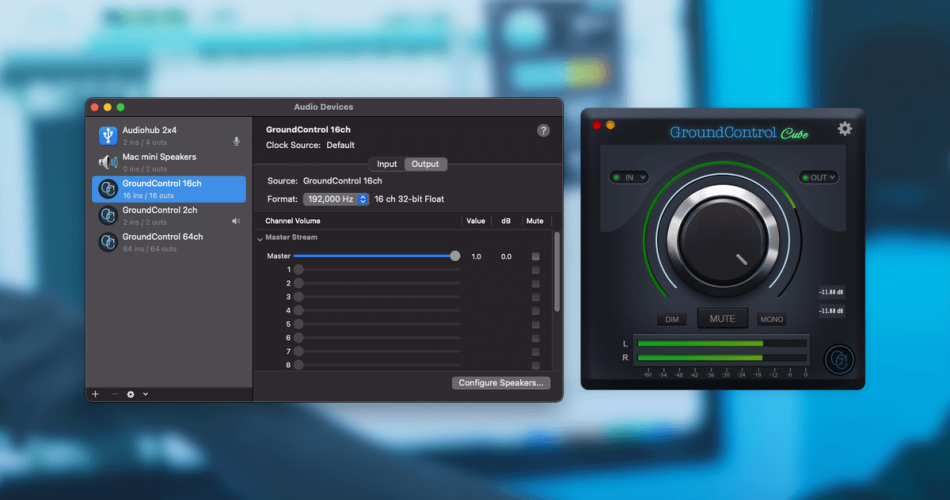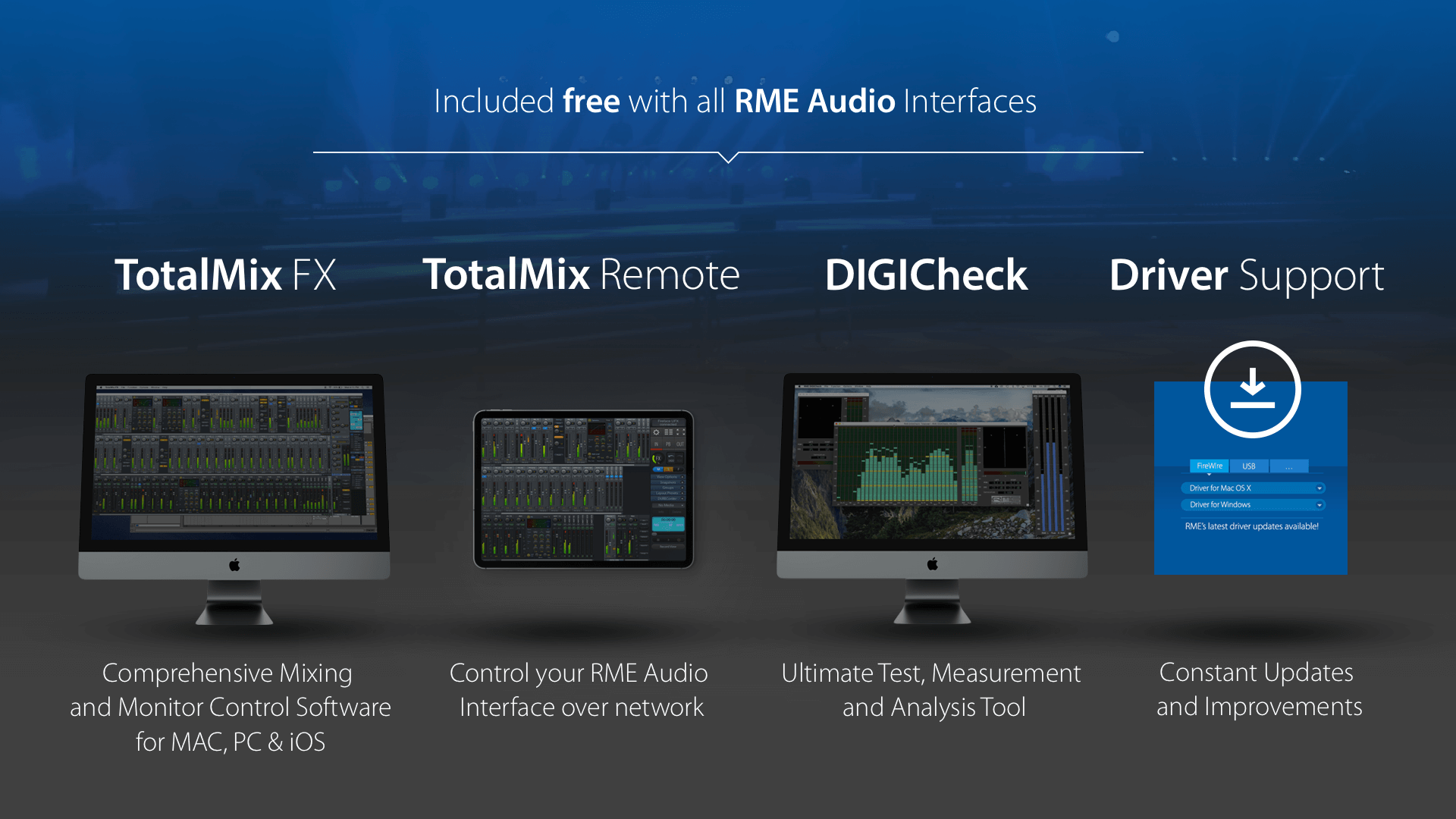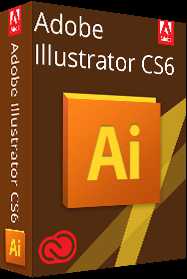

- AUDIO DRIVER FOR MAC OS X HOW TO
- AUDIO DRIVER FOR MAC OS X INSTALL
- AUDIO DRIVER FOR MAC OS X DRIVERS
- AUDIO DRIVER FOR MAC OS X UPDATE
- AUDIO DRIVER FOR MAC OS X MANUAL
Be cautious when installing third-party software, and remember to only install software from known and trusted developers. Gatekeeper’s security settings are for keeping your Mac and data safe. Follow these steps to allow unidentified developer driver installations. If you get a pop-up message indicating your driver is not trusted while attempting to install, tell your Mac to allow it. This is most common with audio and MIDI device driver updates.

On occasion, your driver software may not be recognized by macOS as an identified developer. Updating macOS Security & Privacy settings to allow apps from identified developers. Select App Store and identified developers and click the lock icon to save.Click the lock icon and enter your password.Click the Apple icon and select System Preferences….Learn more about this topic on Apple’s Gatekeeper page. When in doubt, use the default setting and only allow software installations from the App store. Installing third-party software from an unknown developer is risky and could compromise your data and Mac. If you’re given the option to allow apps downloaded from Anywhere, be cautious! Gatekeeper’s security settings are set to keep your Mac safe.
AUDIO DRIVER FOR MAC OS X UPDATE
Follow these steps to update your Security settings. The most common setting to update is Allow apps downloaded from the App Store and identified developers. If your driver is from a trusted developer, you can install it by updating your security preferences. This is a safety measure to make sure unwanted or nefarious software is not installed on your Mac. RETURN TO TOP ↑ Allow from App Store and Identified Developersĭrivers from third-party developers are sometimes not recognized and thus stopped when being installed.
AUDIO DRIVER FOR MAC OS X DRIVERS
Where can I download the drivers for my audio or MIDI interface?.Click the image below to download the drivers for your audio or MIDI device.
AUDIO DRIVER FOR MAC OS X MANUAL
Check your device’s manual or the manufacturer’s website to learn what drivers are required for your device. Some devices are considered class compliant and do not require additional driver installation because your Mac’s generic driver will work just fine. Without the driver, your computer may not be able to communicate properly with the device.
AUDIO DRIVER FOR MAC OS X HOW TO
In this article, we will show you how to install driver updates and update your Mac. Many are installed simply by updating your Mac, but third-party devices often require an additional driver installation. If anyone can shed light on this, please do! Edit: It stopped working again so I don't know what's up.Your Mac needs drivers so it can communicate with hardware such as graphics cards, printers, and audio devices. I suspect that this "hard" reset may have solved the issue without all the shenanigans with the coreservices daemon, but I have no way to test that. After booting up the macbook again, the interface is now recognized automatically every time I plug it in. holding the power button until it turns off). I eventually was forced to do a "hard" shutdown (i.e.

So I killed coreservicesd and attempted to log out, however I could not get the system to log out due to the instability caused by killing coreservicesd. So I unplugged the interface and plugged it back in, and as expected, it was not recognized. To my surprise, when I logged back in, my audio interface was recognized.īased on that, I hypothesized that killing coreservicesd and logging out/in may be a possible (ugly) workaround. This caused the OS to become visibly unstable and I was eventually logged out automatically. As a shot in the dark I killed coreservicesd. Inspired by answer, I started looking into other system daemon's that might do the trick if restarted. I'm not sure how the following solved the problem. Is there a way to force OS X to reload the device? Preferably some command line voodoo that I could fire off quickly when needed or wrap up in a nice little shell script. Most posts around the internet suggest updating the OS or the software/firmware for the device. I have had other m-audio interfaces that were automatically detected when connected, and I'm pretty sure this one should be the same. In order to get my macbook to recognize it (display in audio/midi setup), I have to reboot, which is a hassle. I have an external audio interface (M-audio fast track c400).


 0 kommentar(er)
0 kommentar(er)
